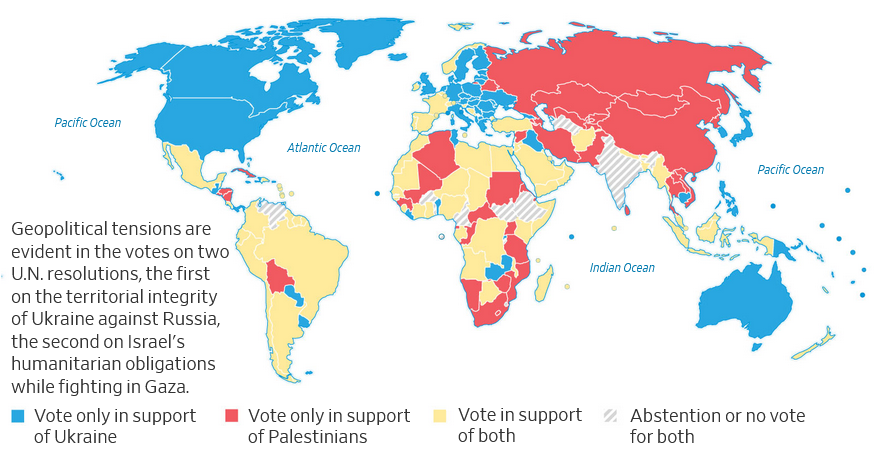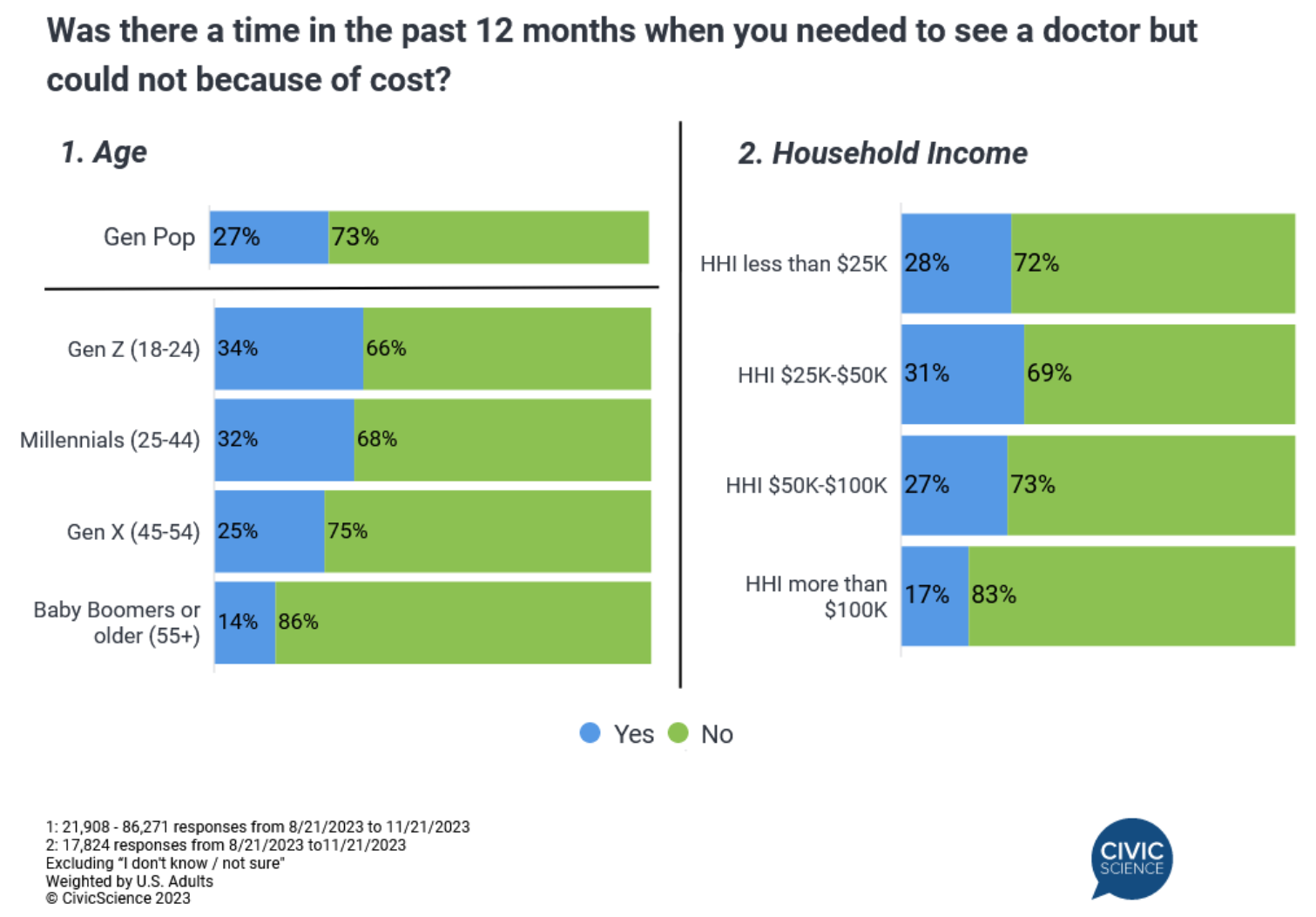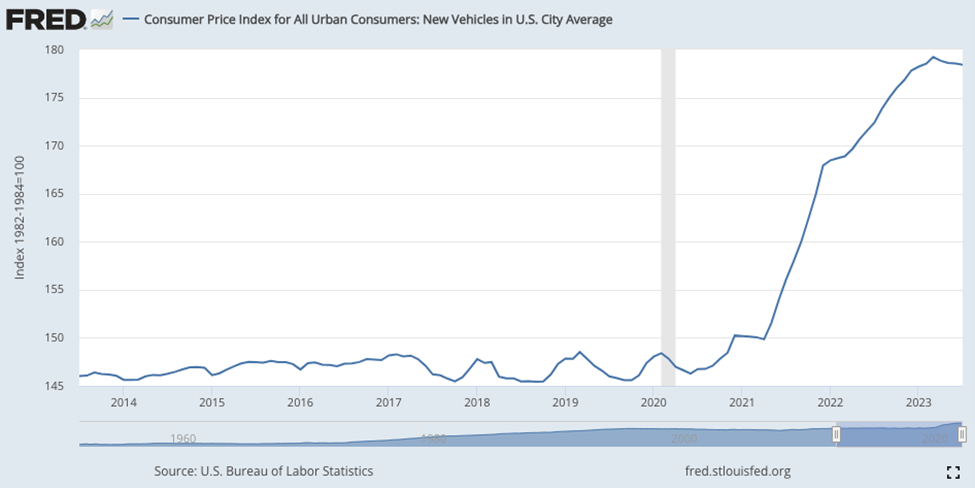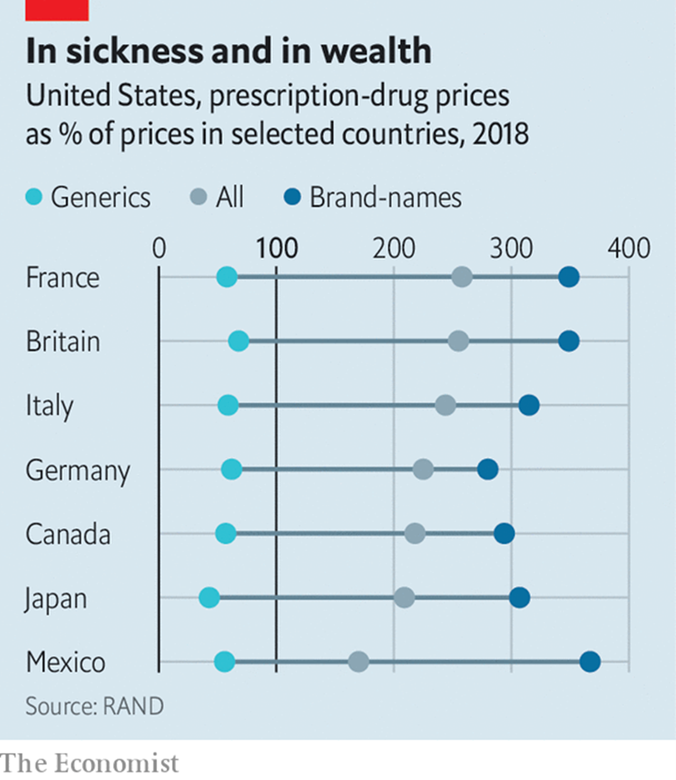The Daily Escape:

Mollidgewock campground, Erol, NH – July 2024 photo by Amber Lavaliee. Wrongo and Ms. Right lived in NH for 12 years. This is a quintessential scene.
With all the hot air about Biden’s “will he or won’t he” moment, the subject of the Conservative right’s Project 2025 has not truly been covered by the media. From Judd Legum:
“Project 2025 is a radical blueprint for a potential second Trump administration, spearheaded by the right-wing Heritage Foundation. The plan calls for withdrawing approval for the abortion pill, banning pornography, slashing corporate taxes, abolishing the Department of Education, replacing thousands of experienced federal workers with political appointees, imposing a “biblically based… definition of marriage and families,” and placing the Justice Department and other independent agencies under the direct control of the president.”
From Rick Wilson:
“Project 2025 is Trump’s roadmap, written by Trump loyalists and embraced by Trump’s constellation of sycophants, fellow travelers, hangers-on, and job seekers. It will be the driving force of what Heritage Foundation President Kevin Roberts boasted was “…a second American revolution.” (Also, in keeping with all things MAGA, Roberts dropped an unsubtle threat into the statement, adding the revolution would be “bloodless if the left allows it to be.”)”
This lefty doesn’t plan to let its adoption be “bloodless”.
While Trump has recently disavowed knowledge of the Project or its authors, of the 38 people responsible for writing and editing Project 2025, 31 were appointed or nominated to positions in the Trump administration and transition. So Trump’s claim that he has “nothing to do” with the people who created Project 2025 is another lie: Over 81% had formal roles in his first administration. When Trump denies something, you should always take it as a full confession of his absolute guilt.
Trump’s name appears in Project 2025 312 times. That’s a yuuge coincidence, since he says he doesn’t know anything about it. More from Rick Wilson:
“I was able to confirm late last week that this decision by Trump to condemn Project 2025 was a deliberate effort prepared by campaign strategist Chris LaCivita and Trump’s pollster Tony Fabrizio after research came back showing that Project 2025 is poisonous with groups outside the hardest core of the MAGA base. The same research led the Trump campaign to demand that the RNC remove the national abortion ban plank (and other policy statements) from the 2024 GOP Platform.”
And just like that, the GOP 2024 platform won’t include abortion. From the WaPo:
“Republican delegates adopted presumptive nominee Donald Trump’s proposed convention platform at a meeting in Milwaukee on Monday, abandoning long-held positions on abortion and same-sex marriage while embracing new plans for mass deportation and a new opposition to changing the retirement age for Social Security.”
The strategy is to bury what Republicans plan to do by having the plausible deniability of the GOP platform.
Back to Project 2025. From Navigator Research, who says that when people know more about it their opposition to it grows:
“Opposition to Project 2025 grows as people learn more about the plan. After reading 19 proposed policies for Project 2025, opposition grows from 49% to 63% (net +14) while support for the plan declines from 31% to 24% (net -7%).”
Now the report is over 900 pages long, so it’s gonna take some time to digest. Here’s a chart:
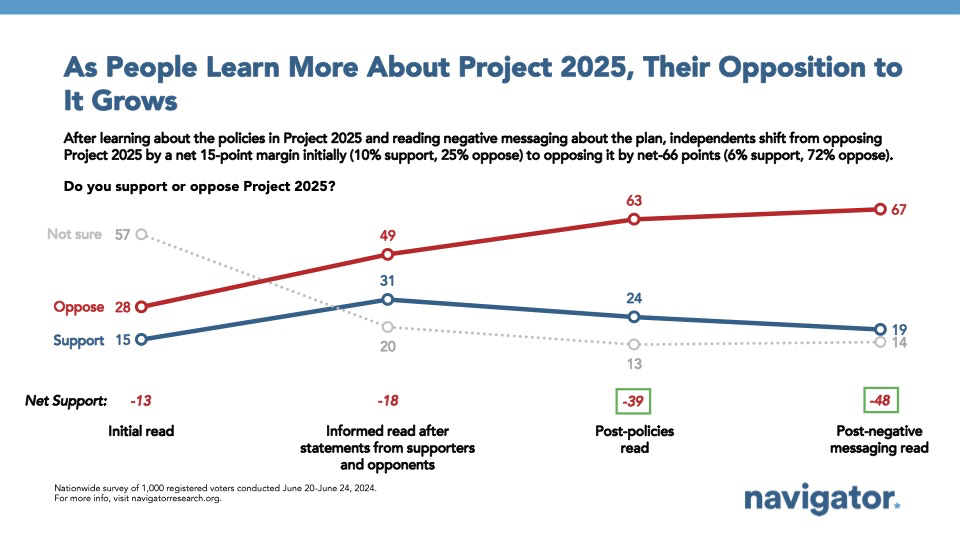
Still, given the media’s focus on trying to drive Biden out of the presidential race, very few Americans know much about Project 2025. Here’s what Navigator found:

From Navigator:
“Seven in ten Americans have not heard enough to have an opinion about Project 2025, but after hearing about it, two in three Americans become opposed. 71% initially don’t know enough to have an opinion of Project 2025….Additionally, nearly four in five Americans report not having heard anything about Project 2025 either when described as “a series of conservative policy proposals aimed at reshaping the executive branch of the federal government if a Republican is elected president in 2024”
Black Americans, Hispanic Americans, and Democrats are most likely to have heard “a lot” or “some” about Project 2025, though fewer than two in five have actually heard about it (30%, 39%, and 33%, respectively).
Navigator grouped the Project 2025 policies by what percent, in the view of survey participants, would “hurt the country” and which were “strongly opposed” by survey participants. They found that eight of the nineteen polices were the most unpopular and harmful:
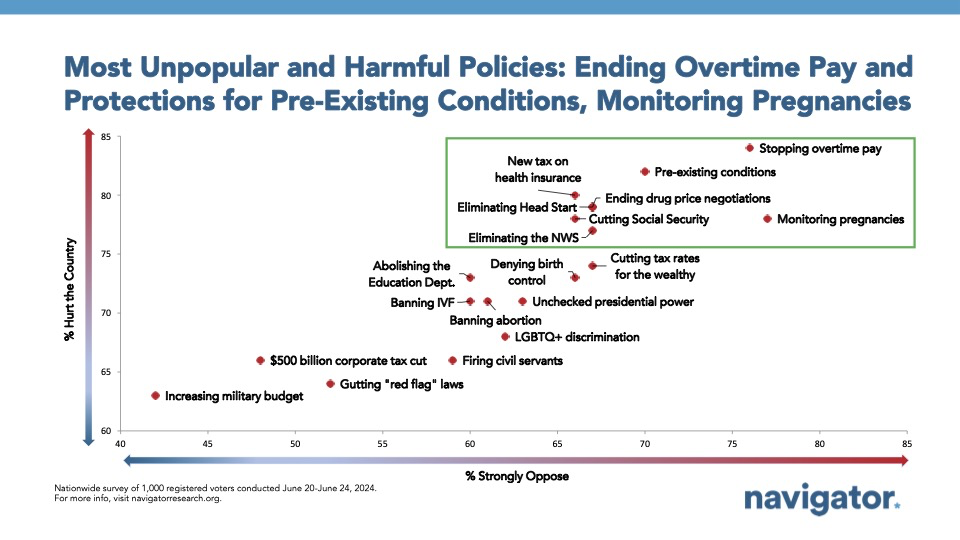
The list of the most unpopular policies includes:
- Stopping overtime pay
- Eliminating pre-existing conditions from health insurance
- Adding new taxes on health insurance
- Ending drug price negotiations
- Eliminating head start
- Cutting Social Security
- Monitoring pregnancies by the states
- Eliminating NOAA (the federal agency that tracks hurricanes) called the NWS above
But check out the policies that are just below those in the above chart. There are some beauties there as well.
This makes it clear that the threat to our nation is Trump and his minions, not Biden’s health. Maybe more people will pay attention to what Project 2025is, now that Trump is denying he knows anything about it. He’s drawn attention to it, by his denial, and it’s getting more widely known. Let’s hope the more people learn about it, the more they will see it’s horror.
The very public navel-gazing by the media and Democrats over Biden’s capacity for the last couple of weeks has overshadowed the social media attacks on Project 2025. Project 2025 means to lobotomize government agencies by replacing career civil servants with far-right ideologues loyal to Dear Leader. Michael Lewis in his book “The Fifth Risk” wrote that government manages a portfolio of risks that requires “mission-driven” careerists, experts with a dedication to the work, not to making big money from it. Donald Trump’s 2016 administration came to Washington DC to upend that system, to exploit it for profit. They abandoned data collection on anything Trumpers opposed, the NYT review explained:
“…like climate change or food safety regulations, or that they didn’t care about, like poverty, or stuff that they assumed were government boondoggles, which was most everything not involving the Pentagon.”
Look at it this way: If you decide to vote FOR the people pushing Program 2025, Trump will assume you’re all for it. And it will become the law of the land. You will NEVER regain the Rights you will lose in that process! If you vote against P-2025, you can still have your Rights as Americans which have been fought for over the past 250 years.
Now, can somebody please help the Biden campaign re-write their weak tea warning about Project 2025 on the Biden campaign website? (https://joebiden.com/project2025/) The headline is almost a paragraph long. The introduction is boring and wordy. All the truly frightening points about Project 2025 are listed so far below, few visitors will scroll down that far.
The Navigator does a great service by highlighting not only what’s in the text of Project 2025, they’ve shown it to Americans and have learned just how badly people think about it once they learn what’s in there.



